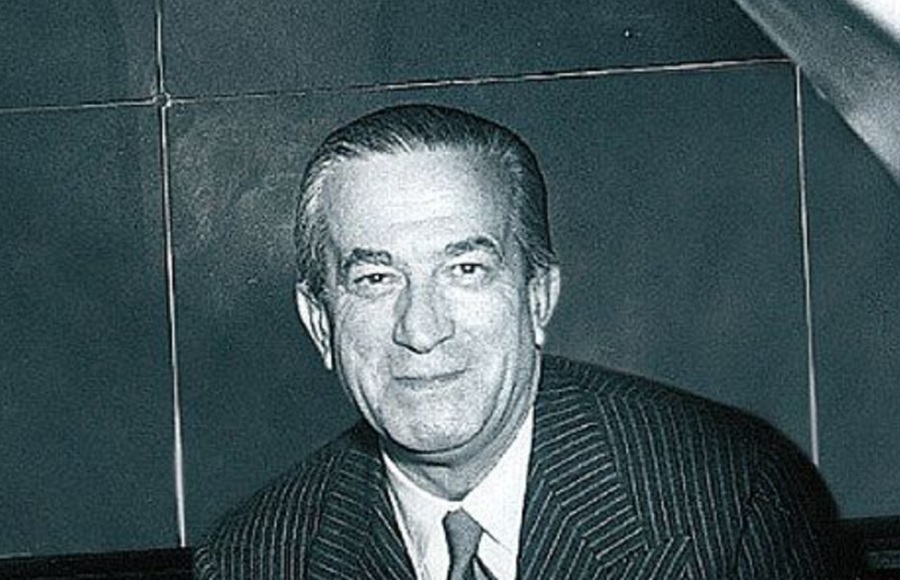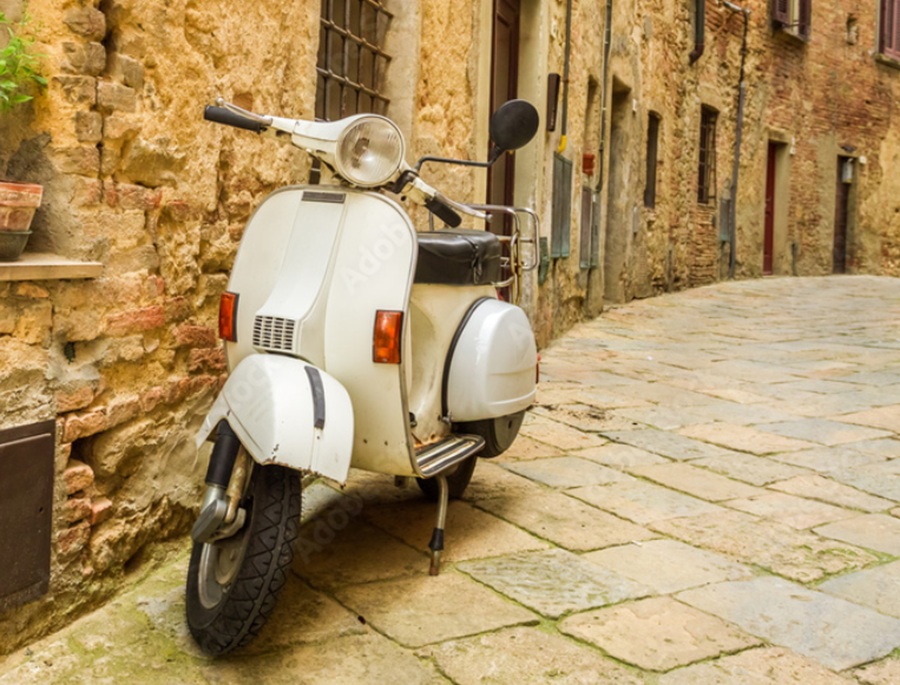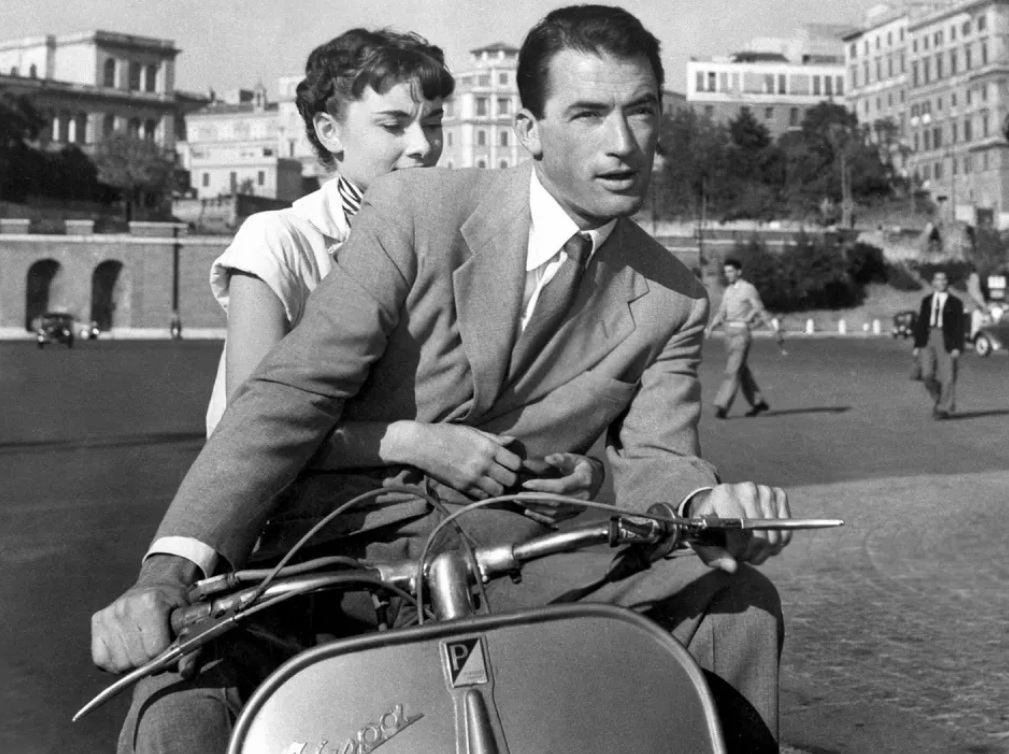On 22nd February 1905, Enrico Piaggio was born. The industrialist’s innovative spirit gave birth to two of Italy’s most enduring automotive icons: the Vespa scooter and the Ape utility vehicle.
Through Enrico’s leadership, Piaggio & Co. transitioned from aircraft manufacturing to creating vehicles that have become integral to both Italian culture and global transportation.
Revolutionizing Personal Mobility: The Vespa
In the aftermath of World War II, Italy faced the challenge of rebuilding its infrastructure and economy. The Piaggio factories were flattened during air raids in 1943, and the roads in Italy were also in a terrible state. Recognizing the need for affordable and efficient personal transportation, Enrico Piaggio shifted the company’s focus from aircraft to motor scooters. He commissioned aeronautical engineer Corradino D’Ascanio to design a vehicle that was not only functional but also accessible to the masses.
D’Ascanio, who harboured a dislike for traditional motorcycles due to their complexity and maintenance demands, approached the project with fresh eyes. He introduced several groundbreaking features:
- Step-Through Frame: This design allowed riders, including women in skirts, to mount the scooter easily without straddling it.
- Enclosed Engine: Positioned over the rear wheel, the engine was shielded to prevent oil and grease from soiling the rider’s attire.
- Front Shield: A protective shield at the front safeguarded riders from road debris and inclement weather.
- Padded Seat: Prioritizing rider comfort, the Vespa featured a well-cushioned seat, a departure from the hard seats common on motorcycles of that era.
Upon seeing the prototype, Enrico Piaggio was struck by its unique shape and the buzzing sound of its engine, leading him to exclaim that it resembled “una vespa”, Italian for “a wasp.” Thus, the Vespa was born.
Expanding Utility: The Introduction of the Ape
Building on the success of the Vespa, Piaggio identified another post-war need: a compact, economical vehicle capable of transporting goods through Italy’s narrow streets. In 1948, the company introduced the Ape (pronounced “ah-peh,” meaning “bee” in Italian). This three-wheeled light commercial vehicle was essentially a Vespa with an added rear axle and a cargo bed, making it ideal for small businesses and artisans.
The Ape’s versatility and affordability led to its widespread adoption, not only in Italy but also in other countries. Over the decades, it became a symbol of practical urban transport. Its form took on various configurations, from flatbeds to enclosed vans.
A Global Legacy
While the Vespa continued to gain international fame, especially after its appearance in films like “Roman Holiday,” the Ape carved out its niche in commercial sectors. Recognizing the growing demand in emerging markets, Piaggio (now owned by FIAT) eventually moved the production of the Ape to India. This strategic decision allowed the company to cater to the vehicle’s largest customer base more efficiently and to capitalize on the region’s manufacturing capabilities.







